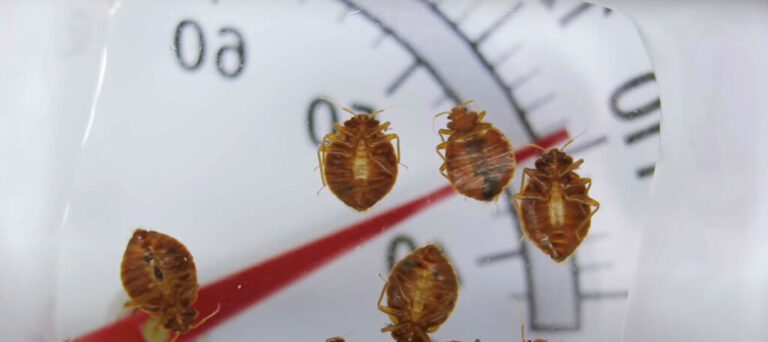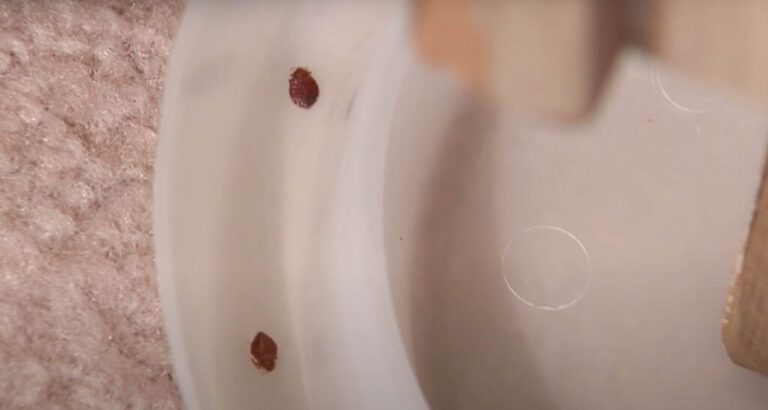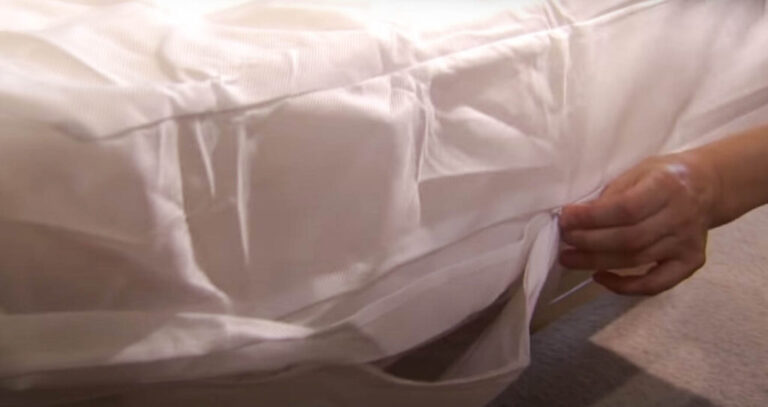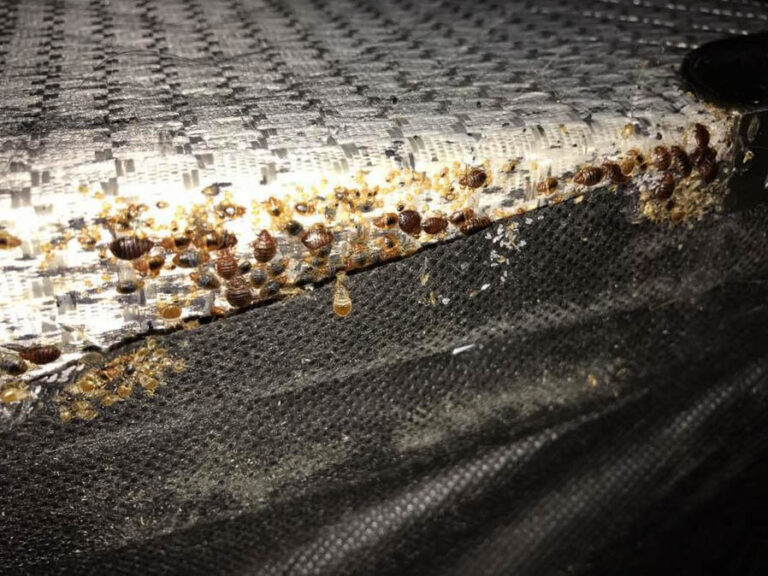Tips to prevent bed bugs
Tips To Prevent Bed Bugs
Having bed bugs invade your home or office can be quite tasking. Not only are they difficult to get rid of, but the rate at which they multiply also doubles the workload. Whether you sight a single bed bug on your couch or you come across a fully-fledged infestation on your bed, the fact still remains that getting rid of bed bugs is hard. Bed bugs are elusive creatures with their tiny body structure and affinity to hide in cracks and crevices. Bed bugs are tiny enough to fit into cracks the size of a credit card. They are also active at night, which means you might not see them often. In general, the best option to take in terms of securing your home from a pest infestation is pest prevention. As luck would have it, there are preventive measures that ensure your home or office is bed bug-free.
This article will be looking at five preventive measures you can employ in your quest to defeating bed bugs.
Familiarize Yourself with Bed Bugs
Knowledge is the key to anything you do in life, and in bed bug prevention, it cannot be overemphasized. Understanding what bed bugs look like, their overall appearance, how they move around, and their possible hiding spot is the first step to winning the war against bed bugs. Bed bugs are flat, oval, reddish-brown, wingless insects around a quarter inch in length. They are mainly active at night, feeding on the blood of warm-blooded animals. They also leave behind droppings in the form of dark stains. If you notice any signs, do well to investigate to make sure that there are no bed bugs.

Place Your Clothes in Sealed Bags
This is a very important tip for travelers. Bed bugs are great hitchhikers, which means they can attach themselves to a whole lot of people. Storing your clothes in vacuum-sealed bags makes them less accessible to all types of bugs. You reduce the probability of dispersing them as you travel from one place to another if they do not make it into your clothing.
Familiarize Yourself with Bed Bugs
Knowledge is the key to anything you do in life, and in bed bug prevention, it cannot be overemphasized. Understanding what bed bugs look like, their overall appearance, how they move around, and their possible hiding spot is the first step to winning the war against bed bugs. Bed bugs are flat, oval, reddish-brown, wingless insects around a quarter inch in length. They are mainly active at night, feeding on the blood of warm-blooded animals. They also leave behind droppings in the form of dark stains. If you notice any signs, do well to investigate to make sure that there are no bed bugs.
Cover Electrical Outlets
Bed bugs are small enough to enter your electrical outlets as a means of escaping extermination. Electrical outlets are also spacious enough to house many bed bugs. In severe infestation cases, bed bugs will use these channels to travel through walls to other parts of the building. You can curb their spread by covering electrical outlets, most especially when you sight their droppings close to them.
Protect Your Beds
If bed bugs have plagued you in the past, you will know the importance of bed bug proofing your house. Your bed is prime real estate for bed bugs. This is because they are a lot closer to you being their food source. You can limit the rate of infestation by covering your mattress with bed bug-proof bed covers. This creates a layer of protection between you and them. The bed bugs hiding in your bed will not be able to escape and will eventually die after some time.
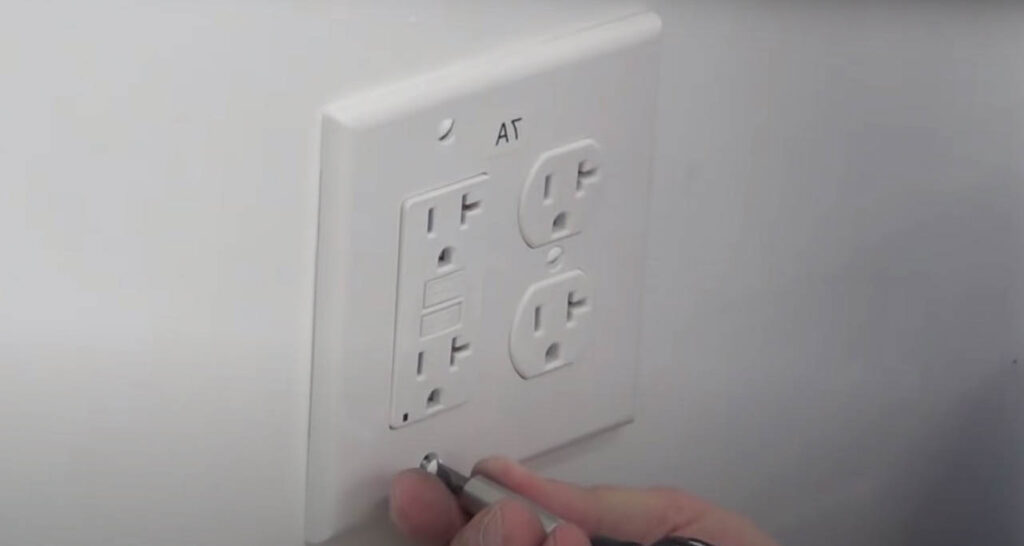
Check Before Purchasing Used Furniture
Living on a tight budget means that you have to sacrifice certain things. Buying used furniture is a cost-effective approach, but you should always inspect them before making payments. Although the overall structure of the furniture might be good, it does not stop it from harboring bed bugs. Used bed frames and mattresses are places where you find a lot of bed bugs and their eggs. If you insist on buying used furniture, then treating it with a pesticide is necessary. Kill all bed bugs to avoid a future infestation.

